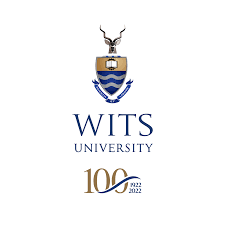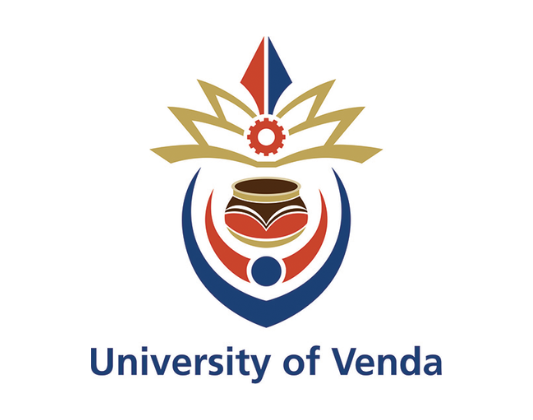Random Forest Model for Stock Prediction Based on Fundamental Analysis
Researcher: Rinae Tshivhidzo, University of the Witwatersrand, Johannesburg
Supervisor: Dr Wilbert Chagwiza, University of the Witwatersrand, Johannesburg
Researchers have devoted their focus to studying stock market prediction. However, predicting the stock trend is still an open question. With the development of the advanced period, the prediction of stock market has moved to the field of machine learning. In many kinds of research that have been conducted, machine learning techniques have proven to be robust in predicting stock market. This research aimed to train a model that accurately predicts stock market based on fundamental analysis using a random forest algorithm. The model is trained on the US stock market using fundamental analysis. The results show that the random forest model succeeds in the prediction of stock market. Hence random forest was able to predict stock market with a 0.93 degree of accuracy.

